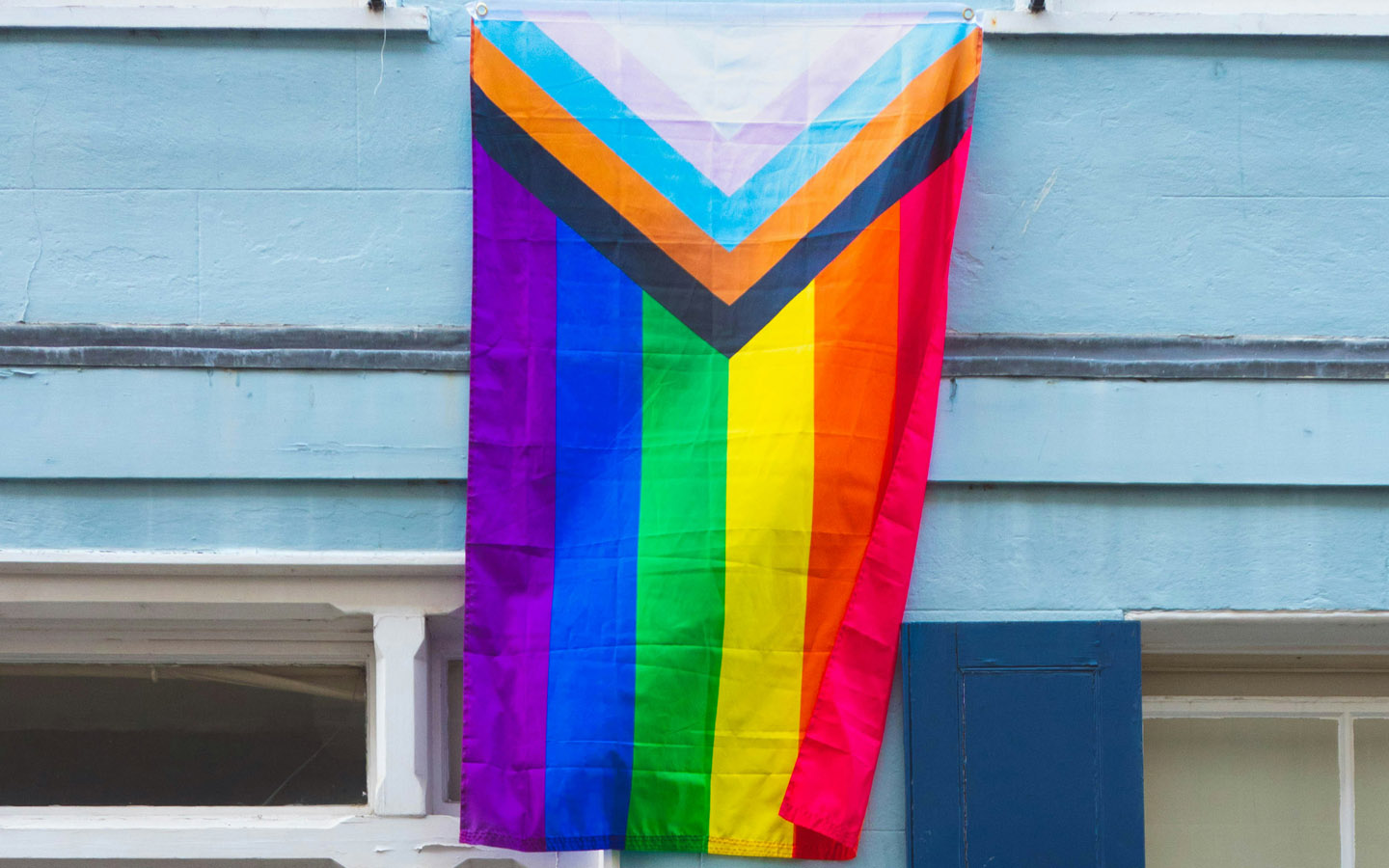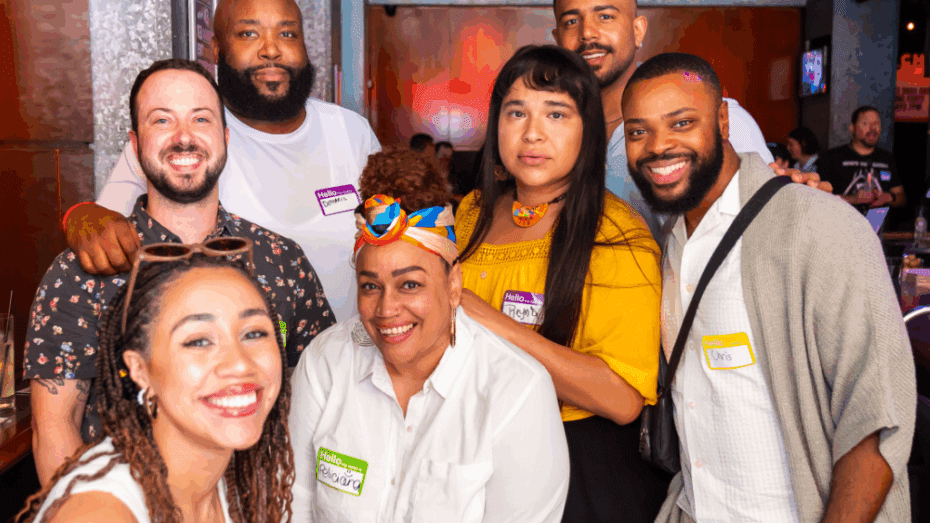The rainbow Pride flag has long been a symbol of unity, love, and acceptance within the LGBTQ+ community. Over the years, this iconic flag has undergone several transformations, evolving into a more inclusive emblem that represents the diverse identities and experiences of LGBTQ+ individuals. In this post, we’ll take a look at the origins of the rainbow Pride flag and its evolution into the modern inclusivity flag featuring black, brown, and transgender flag colors.
The Origins of the Rainbow Pride Flag
The story of the rainbow Pride flag begins in the late 1970s with artist and activist Gilbert Baker. At the time, the LGBTQ+ community lacked a unifying symbol that could be used to exemplify its struggle for equal rights and recognition. Inspired by the multi-colored flags used in the civil rights movement and the hippie counterculture, Baker created the first design of the rainbow flag, which made its debut at the San Francisco Gay Freedom Day Parade on June 25, 1978.
Baker’s original flag design featured eight stripes, each with a specific meaning: hot pink (sex), red (life), orange (healing), yellow (sunlight), green (nature), turquoise (magic/art), indigo (serenity), and violet (spirit). As the flag gained popularity within the LGBTQ+ community, some modifications were made, most notably the reduction to six stripes to simplify the design and make it more affordable for mass production. The modern six-stripe flag features red, orange, yellow, green, blue, and violet, representing life, healing, sunlight, nature, serenity, and spirit, respectively.
The Evolution to the Inclusivity Flag
While the rainbow Pride flag has been an essential part of LGBTQ+ activism for over 40 years, some members of the community felt that it didn’t fully represent the diverse identities and experiences within the LGBTQ+ spectrum. In order to address this, additional colors and designs have been added to the flag over the years to create a more inclusive symbol.
In 2017, the city of Philadelphia introduced a variation of the Pride flag that incorporated black and brown stripes to acknowledge and support LGBTQ+ people of color whose unique experiences and struggles often go unrecognized within the larger LGBTQ+ community. The black and brown stripes also represent the fight against racism, which is an important aspect of intersectional activism.
In 2018, artist Daniel Quasar expanded upon the Philadelphia flag with the Progress Pride flag, adding the colors of the transgender pride flag (light blue, pink, and white) in the form of an arrow along with the black and brown stripes. The arrow is a symbol of forward movement and progress, acknowledging that there is still work to be done to achieve full equality and representation for all members of the LGBTQ+ community.
The Future of the Pride Flag
Today, the inclusive Pride flag stands as a testament to the LGBTQ+ community’s commitment to advocating for all its members regardless of race, gender, or identity. It also serves as a reminder that, while significant strides have been made in the fight for LGBTQ+ rights, there is still a long journey ahead toward true equality and acceptance.
As the LGBTQ+ community continues to evolve and grow, so too will the symbols that represent it. With each new design, revision, and iteration, the Pride flag will continue to reflect the unique, diverse, and vibrant nature of the LGBTQ+ community, standing as a beacon of love, unity, and progress for all to see.
Celebrate Pride in Chicago this June and let all your vibrant colors shine!



